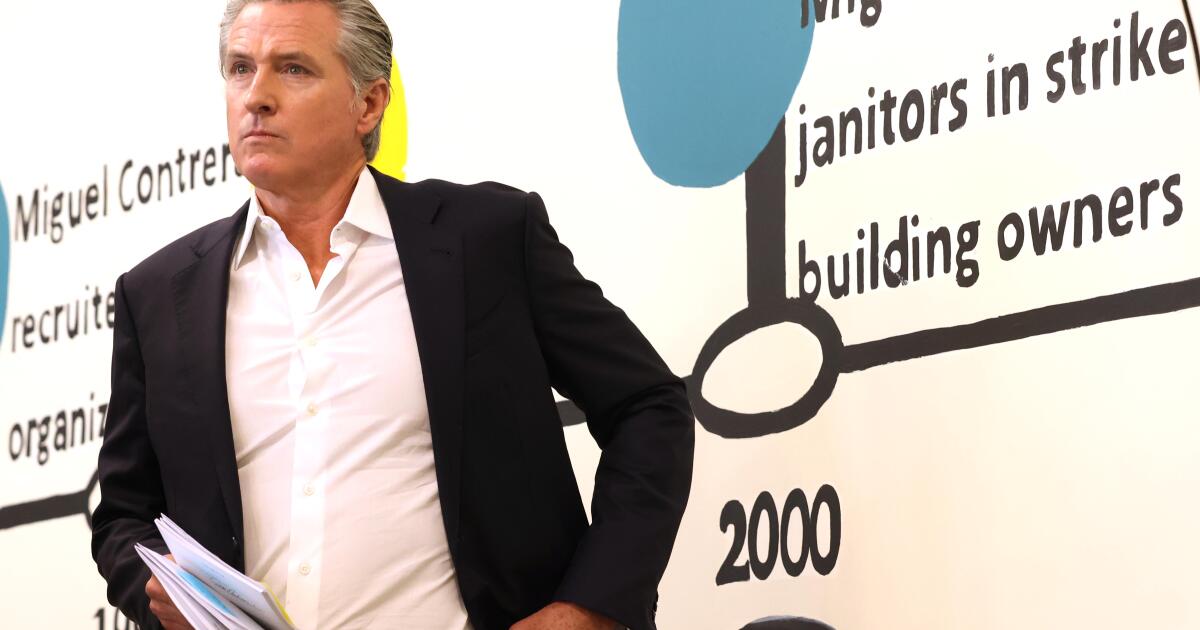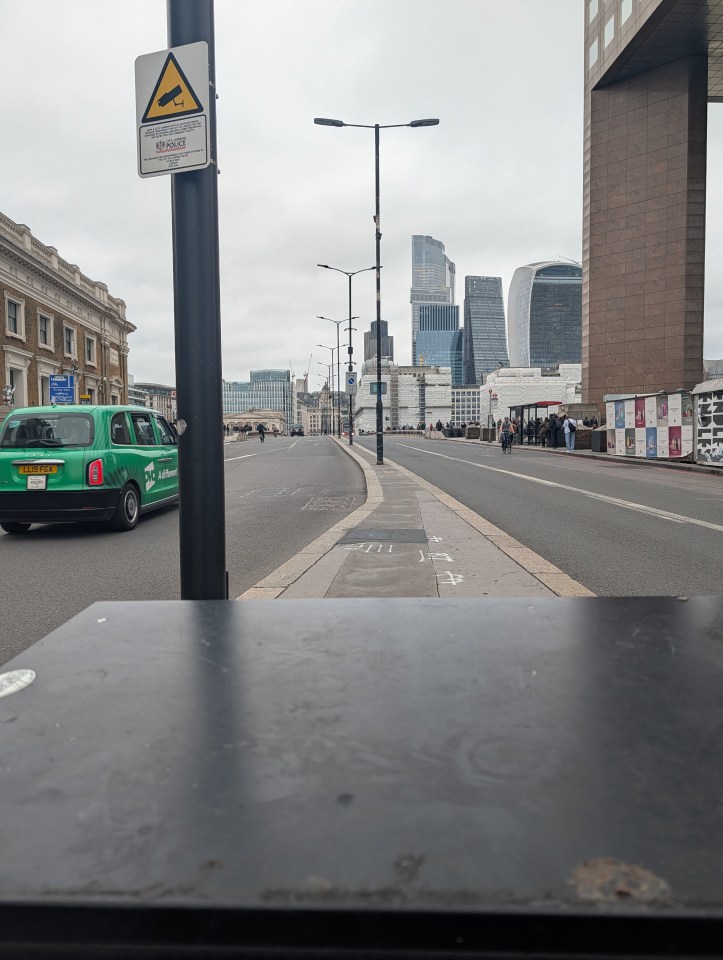Tim Hentschel, CEO of HotelPlanner.com and HotelPlanner.ai, says his virtual travel agents are already taking 50,000 real calls a day and will hit the 100,000 mark before the year is out
“I’m sorry. That was a generic answer. Let me come up with something a little more meaningful.”
There’s something quite novel about a robot apologising to you. Cassandra, one of HotelPlanner.ai’s American representatives, was as quick on the contrition as it was on suggesting hotels in Tupelo, Mississippi, that I might want to stay in.
I chucked a few requirements at Cassandra and it quickly found me a place that ticked all of the boxes. Cassandra even obliged when I asked for a description of the rooms, and then apologised when I cut it off, demanding that those descriptions be a little less lifeless.
Try as I might, my efforts to wind Cassandra up failed. It kept delivering helpful answers and even extra titbits of information without being prompted, all with an upbeat tone of voice against a backdrop of fake call center sounds.
READ MORE: Brits using AI to plan trips doubles as Gen Z leads use of robo-travel agents
Robo-travel agents such as Cassandra are currently fielding calls on HotelPlanner.ai, where you can choose the language and gender of your call handler before taking it on a test run. It’s working on a beta trial basis in the UK at the moment, but in the US, the world of AI travel agents is very much here already and booming.
Tim Hentschel, CEO of HotelPlanner.com and HotelPlanner.ai, says his virtual travel agents are already taking 50,000 real calls a day and will hit the 100,000 mark before the year is out. He claims that 10% of HotelPlanner.com’s bookings are made by bots.
That’s no small potatoes, given the company’s expected $1.8 billion gross revenues this year and the 1.5 million properties it can book.
Tim is a huge believer in the power of AI to transform customer service in the travel industry and argues that HotelPlanner.com’s agents are trained to be “more helpful and efficient” than humans and already able to “compete head-to-head” when it comes to customer satisfaction and sales.
While Tim says the company has no desire to stop using humans to answer calls, the AI side of the business is growing quickly and could one day field 100% of all calls. Partly because they’ve learned from the best. The large language model bots were trained using eight million human phone calls.
What’s arguably a little unnerving is that customers aren’t told they’re speaking to a robot, and they often don’t realise.
“We only tell customers if they’re speaking to an AI agent if they ask. Sometimes it has come up as customers have asked them out on dates,” Tim told the Mirror.
“We find AI works best with older customers as it’s extremely helpful and patient—sometimes to a fault, as the AI doesn’t understand the money value of time. The question is, if you want a service, who can perform it better? A human or AI with unlimited information?
“The agents have accents. They make an attempt at humour. The robots are programmed always to be helpful, it has nothing but kindness.”
Whether the idea of an AI customer service bot excites or appalls you, their arrival in increasing numbers seems inevitable. Just this week, OpenAI announced it had struck a deal with travel giant Expedia, paving the way for holidaymakers to book trips directly through the platform.
At the Travel and Tourism Summit in Rome at the end of September, Jane Sun, CEO of Trip.com Group, predicted that AI would “double the travel market” – because “people will work three days due to AI, and take much longer holidays.”
Jane went on to describe how she thought AI would improve customer service.
“We must make sure our customers are very well looked after with good customer support. 30 seconds, an AI in your native language will be able to speak to you over the phone. Within 30 seconds a call centre employee will be able to answer your call. Within two minutes of a crisis, our team will be able to call them to get them to safety. This will be powered by AI,” she said.
How do you feel about AI travel agents? Let us know in the comments below or by emailing [email protected].
























